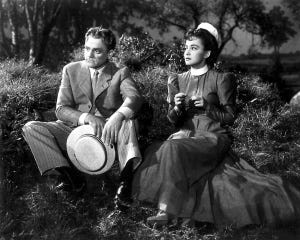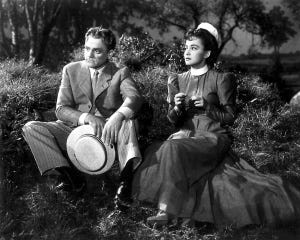The Strawberry Blonde | Cinema Year One
Raoul Walsh exists as a platonic ideal of inarguably masculine classic Hollywood, his own roughneck joie de vivre bustling through nearly every film he touched. What gets lost in our cultural tunnel-vision, ushered along by equally superficial and limiting buzz terms, is the romantic lure of nostalgia, and how it enge…
Keep reading with a 7-day free trial
Subscribe to Cinema Year Zero to keep reading this post and get 7 days of free access to the full post archives.





